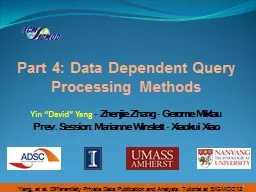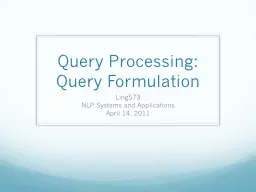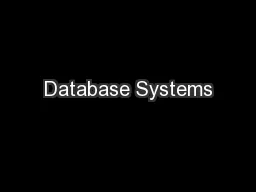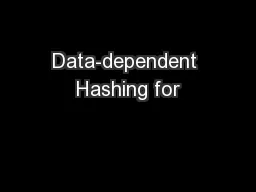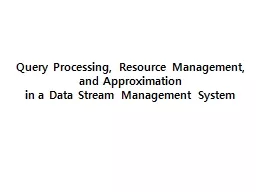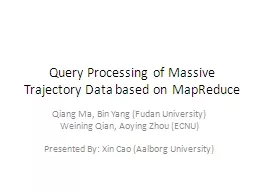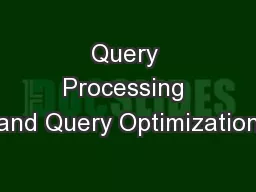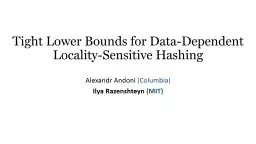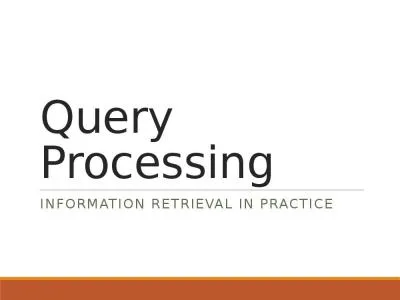PPT-Part 4: Data Dependent Query Processing Methods
Author : briana-ranney | Published Date : 2017-04-10
Yin David Yang Zhenjie Zhang Gerome Miklau Prev Session Marianne Winslett Xiaokui Xiao 1 What we talked in the last session Privacy is a major concern
Presentation Embed Code
Download Presentation
Download Presentation The PPT/PDF document "Part 4: Data Dependent Query Processing ..." is the property of its rightful owner. Permission is granted to download and print the materials on this website for personal, non-commercial use only, and to display it on your personal computer provided you do not modify the materials and that you retain all copyright notices contained in the materials. By downloading content from our website, you accept the terms of this agreement.
Part 4: Data Dependent Query Processing Methods: Transcript
Download Rules Of Document
"Part 4: Data Dependent Query Processing Methods"The content belongs to its owner. You may download and print it for personal use, without modification, and keep all copyright notices. By downloading, you agree to these terms.
Related Documents

